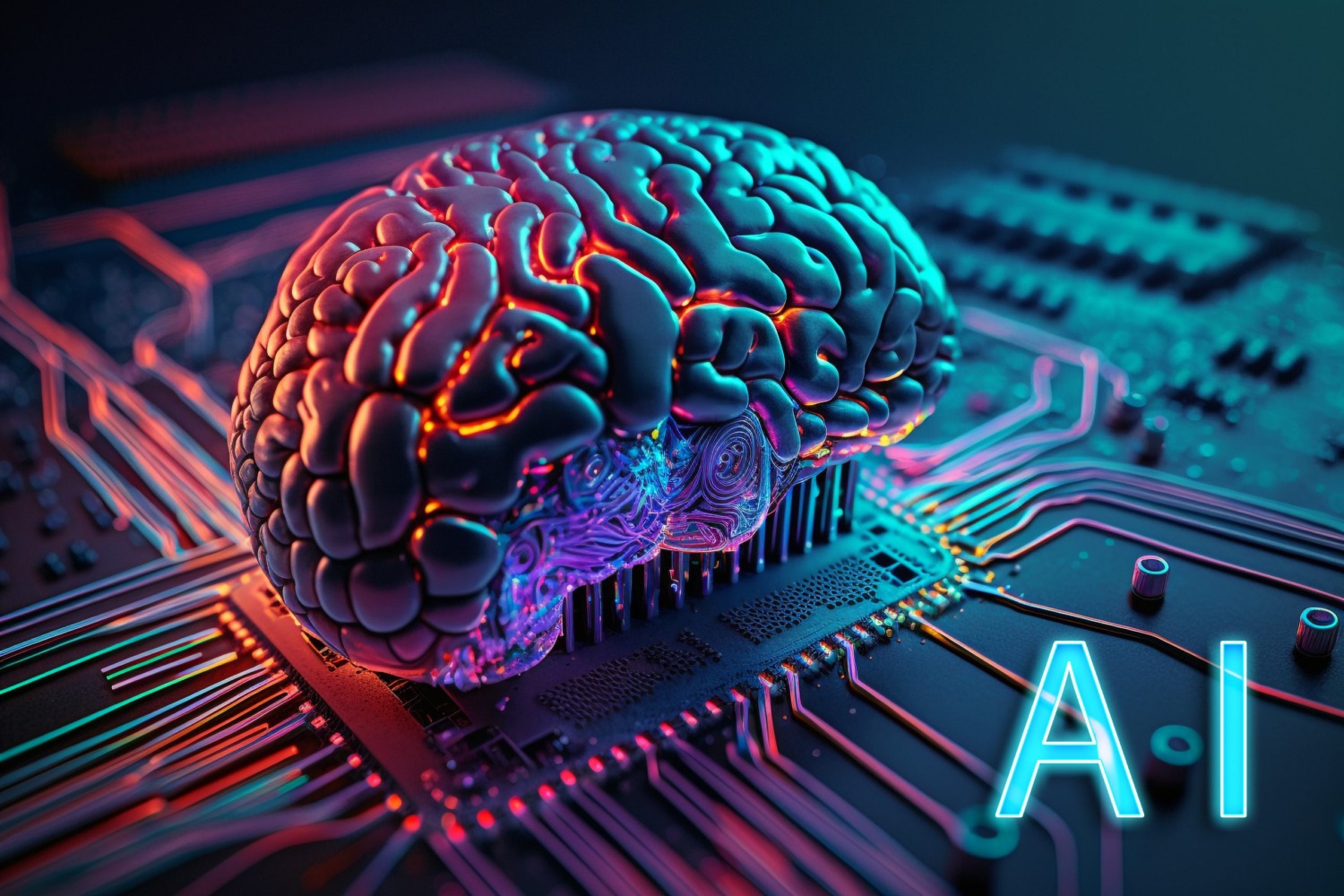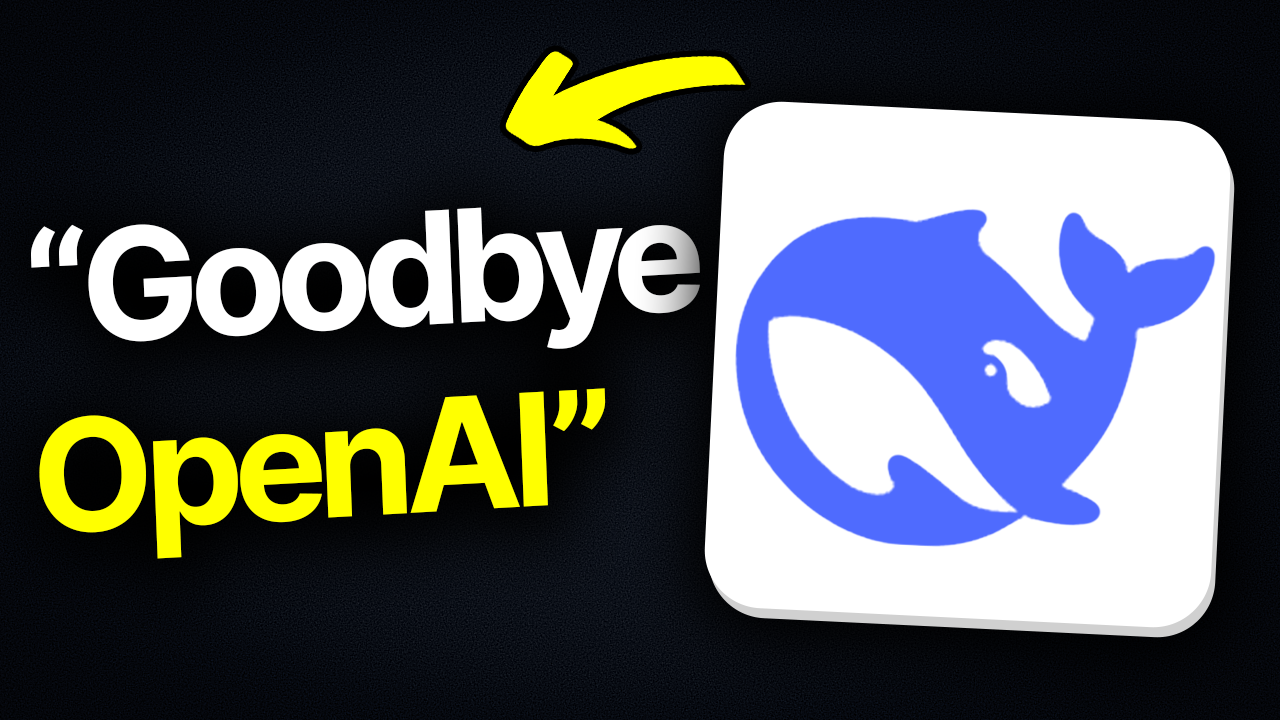Overview
-
Sectors Construction
-
Posted Jobs 0
-
Viewed 28
Company Description
Researchers Reduce Bias in aI Models while Maintaining Or Improving Accuracy
Machine-learning models can fail when they attempt to make predictions for people who were underrepresented in the datasets they were trained on.

For instance, a model that predicts the finest treatment choice for somebody with a persistent illness may be trained utilizing a dataset that contains mainly male . That model may make incorrect predictions for female patients when deployed in a health center.

To enhance outcomes, engineers can try stabilizing the training dataset by eliminating information points until all subgroups are represented equally. While dataset balancing is appealing, it typically requires eliminating big quantity of information, hurting the design’s total performance.
MIT scientists established a new strategy that determines and eliminates particular points in a training dataset that contribute most to a design’s failures on minority subgroups. By getting rid of far less datapoints than other methods, this strategy maintains the total accuracy of the design while enhancing its efficiency relating to underrepresented groups.
In addition, the method can recognize concealed sources of predisposition in a training dataset that lacks labels. Unlabeled information are even more widespread than labeled information for lots of applications.
This method could also be integrated with other techniques to improve the fairness of machine-learning models deployed in high-stakes scenarios. For example, it might one day help guarantee underrepresented patients aren’t misdiagnosed due to a prejudiced AI model.
“Many other algorithms that attempt to address this issue assume each datapoint matters as much as every other datapoint. In this paper, we are revealing that presumption is not true. There are particular points in our dataset that are contributing to this bias, and we can find those information points, remove them, and improve efficiency,” says Kimia Hamidieh, galgbtqhistoryproject.org an electrical engineering and computer science (EECS) graduate trainee at MIT and co-lead author of a paper on this technique.
She wrote the paper with co-lead authors Saachi Jain PhD ’24 and fellow EECS graduate trainee Kristian Georgiev; Andrew Ilyas MEng ’18, PhD ’23, a Stein Fellow at Stanford University; and senior authors Marzyeh Ghassemi, an associate teacher in EECS and a member of the Institute of Medical Engineering Sciences and the Laboratory for Details and Decision Systems, and Aleksander Madry, thatswhathappened.wiki the Cadence Design Systems Professor at MIT. The research will exist at the Conference on Neural Details Processing Systems.
Removing bad examples
Often, machine-learning models are trained utilizing big datasets collected from many sources across the internet. These datasets are far too big to be thoroughly curated by hand, so they may contain bad examples that harm model efficiency.
Scientists also understand that some information points affect a design’s efficiency on certain downstream tasks more than others.

The MIT scientists integrated these two concepts into a technique that identifies and eliminates these bothersome datapoints. They look for to resolve a problem referred to as worst-group error, which takes place when a model underperforms on minority subgroups in a training dataset.

The scientists’ new technique is driven by prior operate in which they presented a method, called TRAK, garagesale.es that determines the most important training examples for a specific design output.
For this new method, they take incorrect predictions the model made about minority subgroups and wiki.rrtn.org use TRAK to identify which training examples contributed the most to that incorrect prediction.
“By aggregating this details across bad test forecasts in the best method, we have the ability to discover the specific parts of the training that are driving worst-group accuracy down overall,” Ilyas explains.
Then they eliminate those particular samples and retrain the design on the remaining information.
Since having more data usually yields better general efficiency, getting rid of simply the samples that drive worst-group failures maintains the design’s overall precision while improving its performance on minority subgroups.
A more available technique
Across three machine-learning datasets, their approach exceeded multiple methods. In one instance, it improved worst-group accuracy while eliminating about 20,000 less training samples than a traditional information balancing method. Their strategy likewise attained higher accuracy than methods that need making modifications to the inner functions of a design.
Because the MIT approach includes changing a dataset rather, it would be easier for forum.batman.gainedge.org a practitioner to use and can be used to lots of kinds of designs.
It can likewise be used when bias is unidentified due to the fact that subgroups in a training dataset are not identified. By recognizing datapoints that contribute most to a feature the model is discovering, surgiteams.com they can comprehend the variables it is using to make a prediction.
“This is a tool anyone can use when they are training a machine-learning design. They can look at those datapoints and see whether they are aligned with the ability they are trying to teach the design,” says Hamidieh.
Using the method to find unidentified subgroup predisposition would need instinct about which groups to search for, so the scientists intend to verify it and explore it more completely through future human research studies.

They also wish to enhance the performance and reliability of their method and ensure the technique is available and easy-to-use for professionals who might sooner or later release it in real-world environments.

“When you have tools that let you critically take a look at the data and determine which datapoints are going to lead to bias or other unwanted habits, it provides you an initial step toward building models that are going to be more fair and more trustworthy,” Ilyas states.
This work is funded, in part, by the National Science Foundation and the U.S. Defense Advanced Research Projects Agency.



